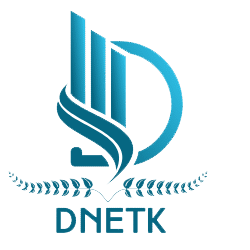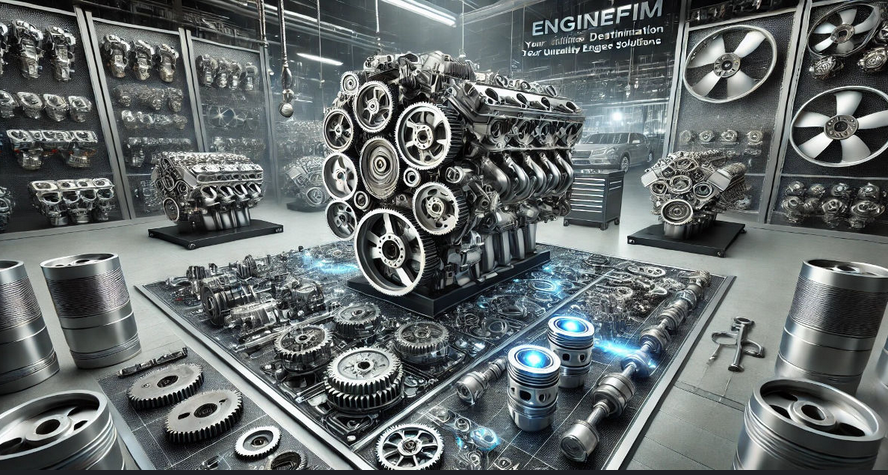In a world where automotive technology and engineering innovations evolve at lightning speed, staying informed isn’t just a competitive advantage—it’s essential. EngineFirm.com aims to fill this need. Whether you’re an engineer, mechanic, student, or car enthusiast, EngineFirm.com offers a platform rich with insights, guidance, and tools to master your domain.
What Is EngineFirm.com?
EngineFirm.com is an online hub focused on automotive and engineering content. It provides:
- Expert articles on vehicle engineering, maintenance, repair, diagnostics, and performance.
- Insights into the latest engineering trends, including developments in electric vehicles, autonomy, connectivity, and more.
- Guides, how‐tos, technical tips, and career advice for those in or entering the engineering and automotive industries
Core Features & Offerings
Here are some of the main features or types of content that EngineFirm.com seems to provide:
| Feature | Description |
|---|---|
| Technical Articles & Insights | Deep dives into how vehicles and engine components work, new technologies, best practices, maintenance procedures, etc. |
| Trends & Innovation | Discussion of future‐oriented engineering topics: EVs, autonomous driving, connectivity, etc. |
| Vehicle Care & Maintenance Tips | Practical advice for keeping engines running well—fluid levels, diagnostics, inspections, etc. |
| Career & Learning Guidance | Paths for engineers, skill building, resources to improve knowledge and capability. |
Why It Matters
With automotive engineering moving quickly—new powertrains, hybrid systems, software components, sensors, environmental regulation, etc.—there’s a steep learning curve. EngineFirm.com serves as:
- A bridge between theory and practice, helping people apply engineering fundamentals in real vehicle contexts.
- A resource aggregator and filter, because engineering and auto technology info is often scattered and highly technical.
- A tool for empowerment, enabling independent learners or small shops to understand, diagnose, and maintain complex systems.
Who Should Use It?
- Mechanics & Technicians: To stay current on best practices, newer engine types, diagnostics, etc.
- Engineering Students: For supplementary reading, practical insights, understanding real vehicle systems.
- Car Enthusiasts: If you like to understand what makes your vehicle tick and stay ahead of maintenance issues.
- Automotive Industry Professionals: Design, manufacturing, R&D, testing—anywhere you need to follow trends and innovations.
Sample Calculations & Engineering Metrics
To illustrate how EngineFirm.com content might become actionable, here are a few relevant calculation examples that someone using the site might do. These are not taken directly from EngineFirm.com (since data is often specific to vehicle make/model), but are representative of useful engineering/automotive computations:
1. Engine Displacement Calculation
If you want to compute the displacement of a 4-cylinder engine, formula is: Displacement=π4×bore2×stroke×number of cylinders\text{Displacement} = \frac{\pi}{4} \times \text{bore}^2 \times \text{stroke} \times \text{number of cylinders}Displacement=4π×bore2×stroke×number of cylinders
- Suppose bore = 86 mm, stroke = 86 mm, 4 cylinders.
π4×(86 mm)2×86 mm×4=?\frac{\pi}{4} \times (86\,\text{mm})^2 \times 86\,\text{mm} \times 4 = ?4π×(86mm)2×86mm×4=?
Convert to liters (1 000 000 mm³ = 1 L): =3.14164×862×86×4≈1,979,000 mm3≈1.979 L= \frac{3.1416}{4} \times 86^2 \times 86 \times 4 \approx 1,979,000\, \text{mm}^3 \approx 1.979\,\text{L}=43.1416×862×86×4≈1,979,000mm3≈1.979L
So roughly a 2.0-liter engine.
2. Fuel Economy / Efficiency Metrics
Suppose you drive 500 km in a week using 40 liters of fuel.
Fuel economy = 500 km40 L=12.5 km/L\frac{500\ \text{km}}{40\ \text{L}} = 12.5\ \text{km/L}40 L500 km=12.5 km/L.
If fuel costs $1.20 per liter, weekly cost = 40×1.20=$4840 \times 1.20 = \$4840×1.20=$48.
These kinds of calculations help with maintenance decision making, cost‐benefit comparisons (e.g. switching to a higher-efficiency component, or estimating running costs).
3. Brake Heat Dissipation Estimate
If a car with 4 discs decelerates from 100 km/h to 0 over a distance of 50 m, the kinetic energy dissipated as heat in the brakes is: E=12mv2E = \frac{1}{2} m v^2E=21mv2
Convert speed to m/s: 100 km/h ≈ 27.78 m/s.
If car mass is 1500 kg: E=0.5×1500×(27.78)2≈0.5×1500×771.6≈578,700 JoulesE = 0.5 \times 1500 \times (27.78)^2 ≈ 0.5 \times 1500 \times 771.6 ≈ 578,700\ \text{Joules}E=0.5×1500×(27.78)2≈0.5×1500×771.6≈578,700 Joules
That’s the energy the braking system must absorb.
These calculations can help in selecting appropriate braking components, cooling, material, etc.
Strengths & Potential Weaknesses
Strengths:
- Wide coverage of engineering and automotive content.
- Practical focus—maintenance, diagnostics, new trends.
- Useful for many kinds of users, from enthusiasts to professionals.
Potential Weaknesses / Things to Check:
- Depth: Some topics may be high-level; for very technical or advanced engineering work you might need more specialized sources.
- Accuracy & Update Frequency: Automotive tech is fast; ensuring that articles stay updated is important.
- Local Applicability: Advice can vary depending on climate, fuel quality, regulation, etc. What works in one country might differ in another.
How to Get the Most Out of EngineFirm.com
- Use the platform to compare different diagnostics or repair procedures — see practical steps.
- Pair readings with hands-on experience: e.g. diagnose a small vehicle issue yourself.
- For students: track metrics (fuel consumption, engine performance) from your own vehicle and try to model or compare with theoretical values.
- Stay active in learning future tech: EV battery management, hybrid drivetrains, autonomous systems—these are increasingly integral.
FAQs
Here are some frequently asked questions about EngineFirm.com:
1. Is EngineFirm.com free to use?
It appears much of the content (articles, guides) is accessible freely. Some advanced features (if any) might be behind paywalls—though I didn’t find definitive info that extensive fee content exists.
2. Is the content credible / who writes it?
Articles are generally written by engineers, mechanics, or those familiar with automotive technology. Cross-referencing with other technical sources is always good practice.
3. Does it cover electric vehicles (EVs) and new technologies?
Yes. There are articles and insights about electric vehicles, connectivity, autonomous driving, etc.
4. Can I use EngineFirm.com content for academic or professional reference?
Yes, but ensure you check the date of publication, verify technical details, and supplement with current manufacturer specs or peer-reviewed sources, especially for safety-critical projects.
5. Are there interactive tools or calculators on the site?
I didn’t find specific mention of interactive calculators; content is more article and guide-based. Users may need to do manual calculations or use external tools for precise work.
6. How often is new content published / is it up-to-date?
The site seems to have fairly recent content, including articles about recent engineering trends. Still, verifying whether specific posts are updated is wise.
Sample Cost/Benefit Calculation Case
Here’s a hypothetical scenario using EngineFirm.com knowledge:
Suppose you run a small garage and are considering upgrading to a diagnostic scanner that costs $800. The scanner helps you diagnose engine problems that previously you’d send out or spend many hours troubleshooting. You estimate:
- The scanner will save you 2 hours per job for certain diagnostics.
- Your workshop labor rate is $50/hour.
- You do about 20 such diagnostic jobs per year.
Savings per year = Time saved × labor rate × number of jobs
= 2 hours/job × $50/hour × 20 jobs = $2,000/year
So: payback period = Cost / Annual savings = $800 / $2,000 = 0.4 years, i.e. ~5 months.
Thus the scanner is likely a good investment.
Conclusion
EngineFirm.com is a valuable resource for anyone interested in automotive engineering, vehicle maintenance, and related technological trends. It strikes a good balance between accessible guidance and more advanced technical insight. For many users—mechanics, enthusiasts, students—it can serve as a “go-to” reference. Just be aware of the limits (always check current data, specifications, and local conditions) and supplement with hands-on experience and other sources where needed.

